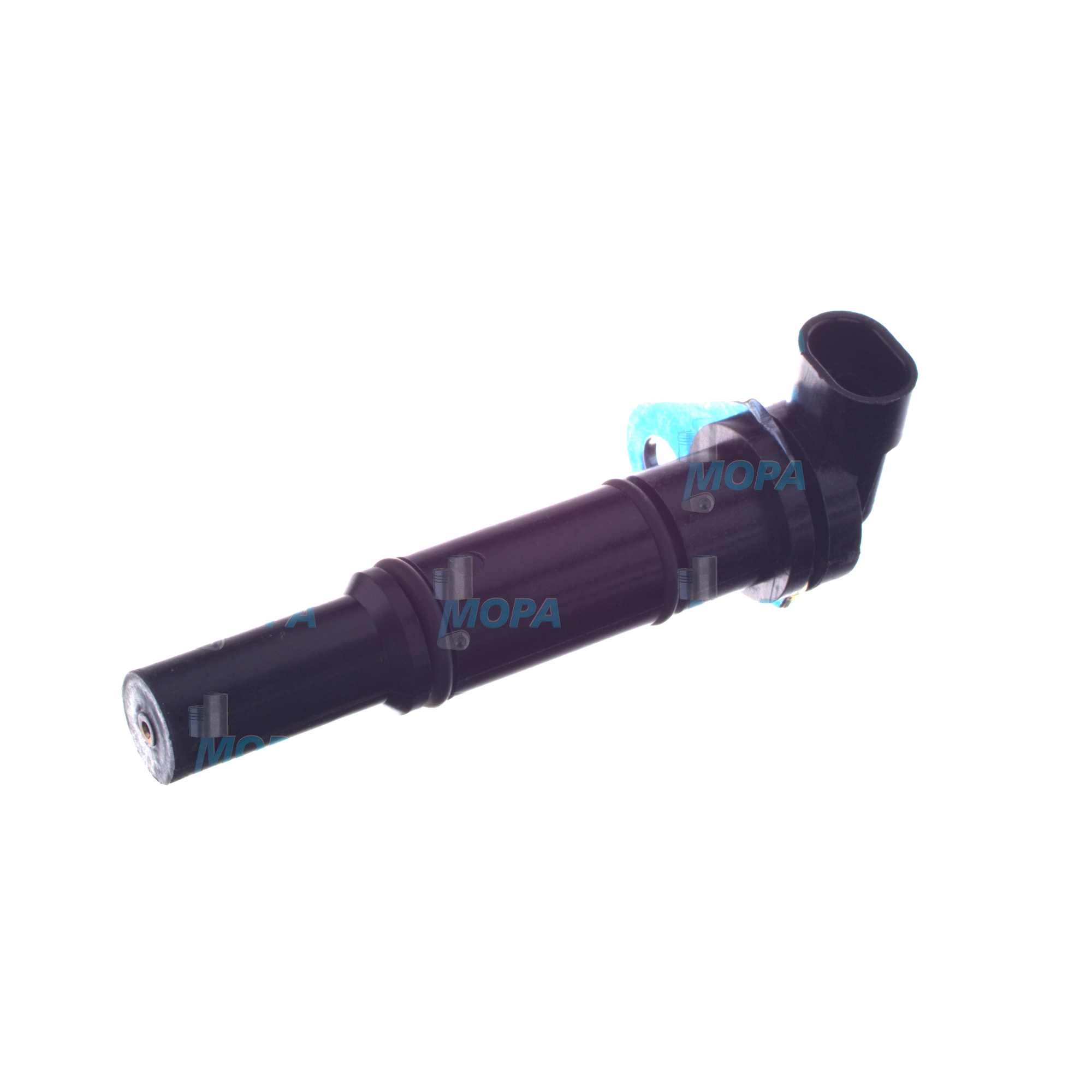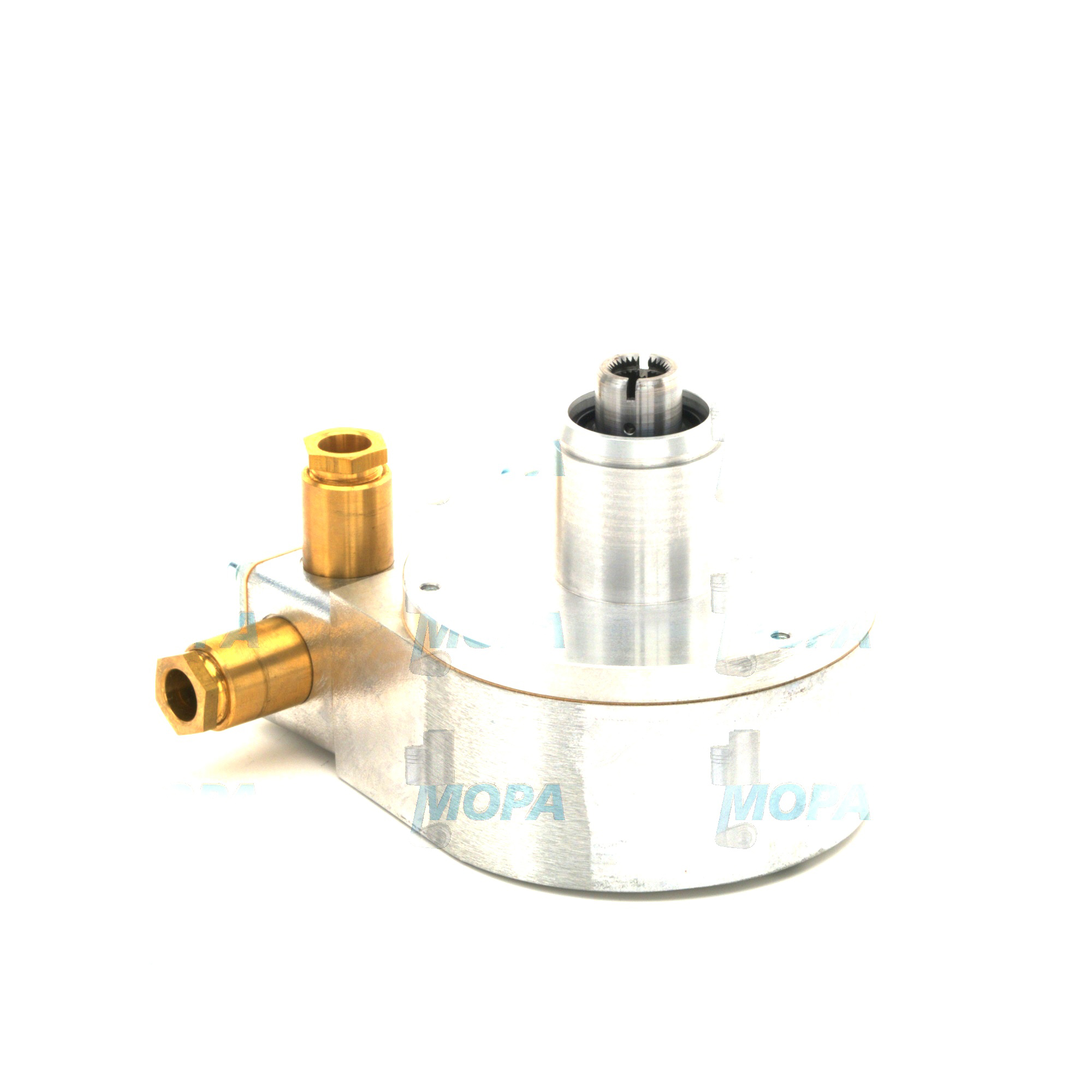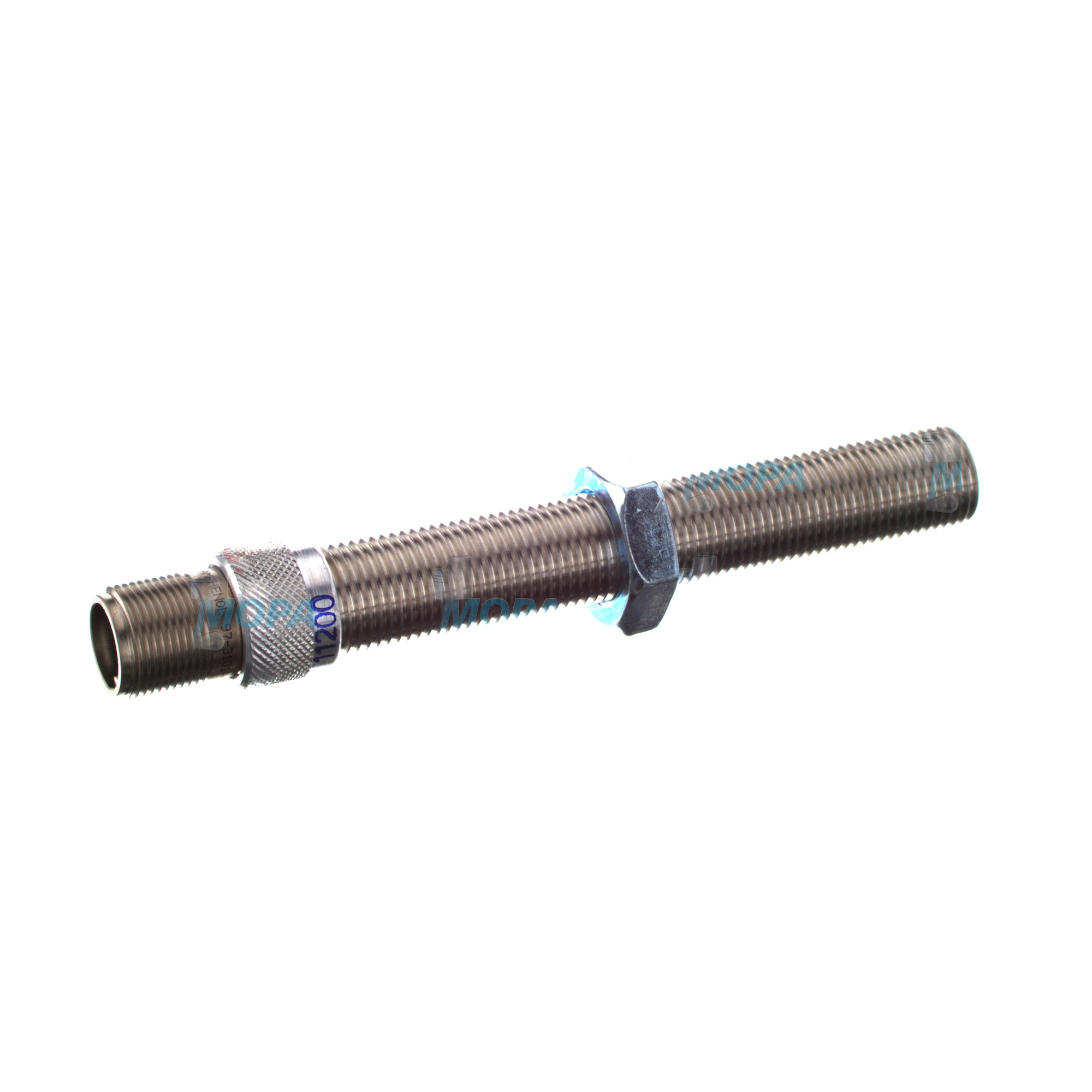SPEED SENSOR gauges and sensors for demanding marine and industrial engines
Gauges and sensors are the engine’s sensory system. This article category covers robust instruments and transducers that measure, display, and transmit critical parameters such as speed (rpm), pressure, temperature, level, and vibration. In marine engine rooms, power plants, and industrial facilities, they translate mechanical and thermal realities into precise electrical signals. By feeding governors, ECUs, and safety systems with accurate data, gauges and sensors protect the engine, optimize fuel burn, enable compliant operation, and provide decision-ready information to crews and control rooms.
SPEED SENSOR in marine engine gauges and sensors: technical function and role
Among all monitoring components, the SPEED SENSOR is central to engine control. In a diesel engine, it typically reads crankshaft or camshaft movement via a target wheel (e.g., flywheel ring gear). Inductive (VR) SPEED SENSOR designs generate a voltage as teeth pass the pickup; Hall-effect and magnetoresistive variants produce a clean digital pulse train at low speeds. The ECU or governor counts pulses to calculate rpm, detects direction, and derives timing references for injection and ignition. A SPEED SENSOR for marine engine applications also enables generator synchronization and load sharing, coordinating multiple sets on a common bus.
Because speed information underpins overspeed protection, idle stability, and transient response, signal integrity is non-negotiable. The tachometer display on the panel relies on the same source; so do shutdown relays and class-required safety modules. In short, SPEED SENSOR data closes the control loop, improving responsiveness, efficiency, and safety across operating profiles—from cold start to full-load manoeuvres.
- · High resistance to heat, oil, and vibration in the engine environment
- · Fast response and stable signal at very low and very high rpm
- · Precise fit to tooth module and air gap for consistent readings
- · EMC-shielded cabling for noise immunity near alternators and drives
- · Output formats aligned with ECUs: VR, Hall, or conditioned 0–5 V / TTL
- · IP-rated housings and corrosion-resistant materials for marine duty
- · Clear panel gauges with high-contrast dials or digital readouts
- · Standard connectors and harnesses for quick replacement
Gauges and sensors in diesel engines: why they matter for reliability and service life
Every hour of operation depends on trustworthy feedback. Accurate speed, oil pressure, and temperature readings keep bearings hydrodynamically lubricated, prevent turbocharger overspeed, and avoid thermal stress. When gauges and sensors drift or fail, symptoms escalate quickly: unstable idle, hunting governors, false overspeed trips, unnoticed low oil pressure, higher specific fuel consumption, and elevated emissions. On vessels, a faulty SPEED SENSOR can jeopardize generator synchronization, causing blackouts or reverse power events. Long term, poor instrumentation shortens component life, triggers unplanned maintenance, and increases total cost of ownership.
Environmental factors such as salt-laden air, high ambient temperatures, and continuous vibration demand ruggedization and correct installation. Proper shielding, correct air gap for the SPEED SENSOR, scheduled calibrations for pressure and temperature transmitters, and inspection of harnesses and connectors are practical measures that preserve data quality and protect the engine throughout its service life.
OEM spare parts suitable for gauges and sensors, including SPEED SENSOR OEM parts: performance, reliability, and budget
Choosing OEM spare parts suitable for gauges and sensors ensures that signal characteristics, materials, and tolerances match the engine maker’s specification. For a SPEED SENSOR in a diesel engine, that means the correct thread, probe length, target tooth geometry compatibility, and output profile that the governor or ECU expects. The result is predictable start-up behavior, stable idle, reliable overspeed detection, and clean generator synchronization.
Beyond performance, OEM spare parts aligned to this category reduce integration risk. Correct connectors, sealing systems, and EMC compliance minimize commissioning time and prevent intermittent faults. Documentation and traceability support class and audit requirements, while proven mean time between failures (MTBF) lowers lifecycle cost. For fleets, standardized gauges and sensors simplify spares pooling and speed up turnarounds—clear benefits to budget and uptime.
MOPA — a reliable partner for OEM parts for SPEED SENSOR gauges and sensors
MOPA supplies OEM parts for diesel and gas engines with a focus on quality, speed, and transactional security. From a SPEED SENSOR for marine engine applications to pressure transmitters, tachometers, and temperature probes, MOPA provides technically correct selections and swift delivery. The team supports purchasers and superintendents with cross-references by engine model, governor type, and control system interface, ensuring the right fit the first time.
With rigor in sourcing, inspection, and packaging, MOPA keeps critical-path components moving safely through the supply chain. Whether you need a single SPEED SENSOR OEM parts kit for a port call or a consolidated gauges and sensors order for a dry-dock, MOPA helps reduce downtime and risk with reliable availability and expert coordination.
Conclusion: SPEED SENSOR and gauges and sensors safeguard engine performance
Gauges and sensors—especially the SPEED SENSOR—are fundamental to control, protection, and efficiency in marine and industrial engines. Selecting OEM spare parts suitable for this category secures signal integrity, extends service life, and protects budgets through dependable operation and reduced downtime.





